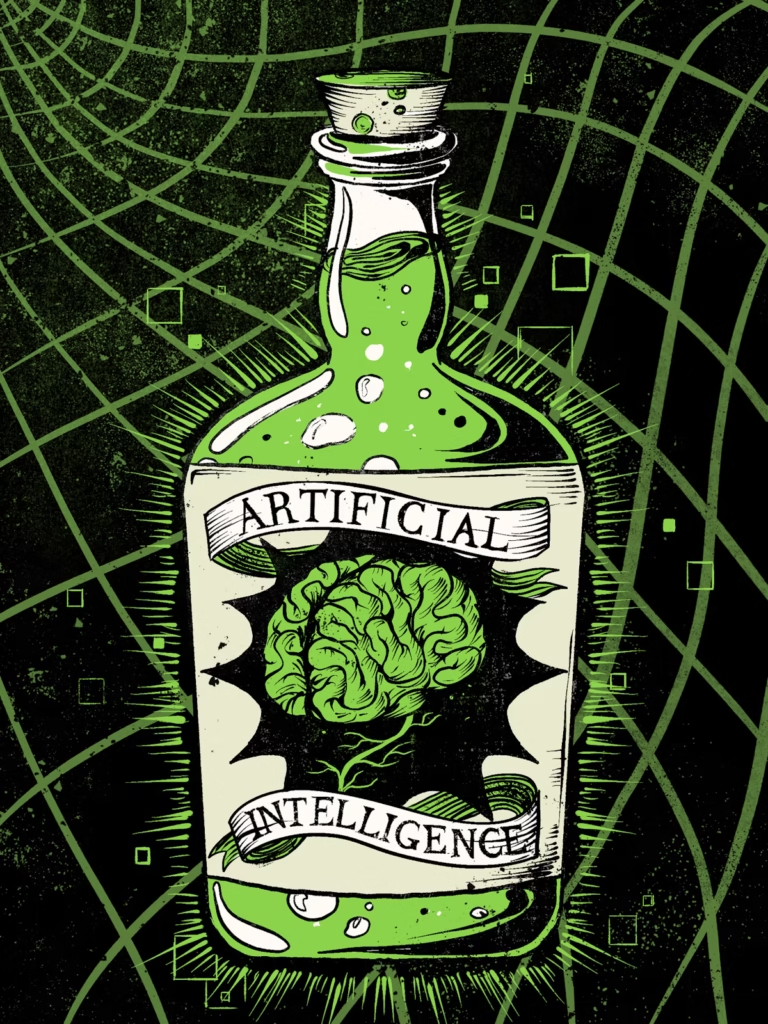The dark comedy is set to hit theaters on October 31st.
CEOs would be nothing without the labor of their (typically) underpaid employees, and the unfairness of that reality seems to be what’s causing all the chaos in director Yorgos Lanthimos’ upcoming film, Bugonia.
A remake of South Korean director Jang Joon-hwan’s 2003 feature Save the Green Planet, Bugonia zooms in on the life of Teddy (Jesse Plemons), a conspiracy-minded beekeeper who works for a massive pharmaceutical company run by Michelle (Emma Stone). As one of the company’s many workers who spend their days laboring to make a fraction of Michelle’s salary, Teddy sees a lot of parallels between himself and the bees who live only to serve their queen.
Teddy knows that he, like a beehive’s drones, is expendable in the grand scheme of Michelle’s plans as a CEO. Teddy’s frustrations and delusions about an alien invasion convince him that Michelle probably isn’t a human. And that’s enough for him to hatch a plot to kidnap his boss under the auspices of saving the planet.
Though the trailer skews a little whimsical, it’s fairly clear that Lanthimos and writer Will Tracy are telling a dark story about people pushed to the edge by economic inequality. The movie also seems like it’s going to touch on how people not having proper access to quality mental health care is a very real societal problem, which is probably going to make Bugonia feel timely as hell when the film hits limited theaters on October 24th before its wide release on October 31st.








